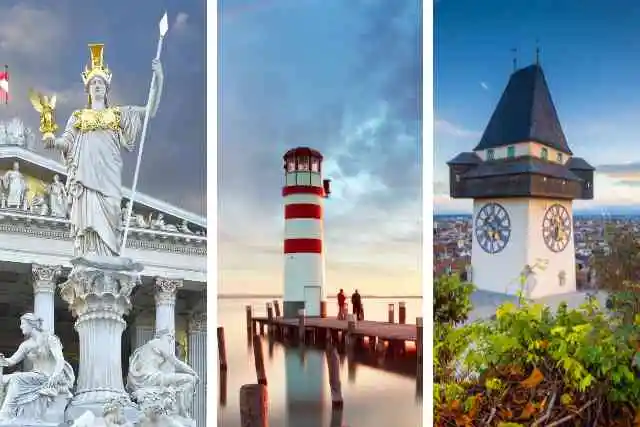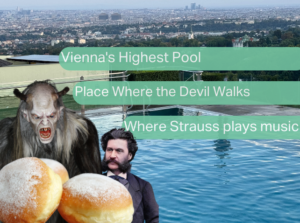Otto-Wagner-Villa, nestled in the serene Penzing district near the Vienna Woods, stands as a testament to the visionary architecture of Otto Wagner. Designed in the 1880s, this villa embodies the elegance and innovation of late 19th-century Vienna. Today, it not only reflects Wagner's architectural genius but also serves as a museum, celebrating the artistic legacy of Ernst Fuchs.

Book
Austria by Public Transport
Discover Austria like never before with “Austria by Public Transport.” This book is your ultimate guide to exploring the beauty of Austria easily and affordably. Get your copy today and start your adventure!
A Masterpiece Architecture
Otto-Wagner-Villa, also known as Villa I or simply the Otto Wagner Villa, stands as a stunning example of late 19th-century architecture. Otto Wagner, a renowned architect, designed this beautiful villa in the 1880s. It is located in the picturesque Penzing district, near the Vienna Woods.
From Summer Retreat
to Residence
Otto Wagner originally intended the villa as a summer retreat. He wanted to escape the hustle and bustle of Vienna. However, he soon found this villa so enchanting that he decided to make it his primary residence in the 1890s. Nestled in the serene Vienna Woods, the villa provided the perfect blend of nature and sophisticated living.
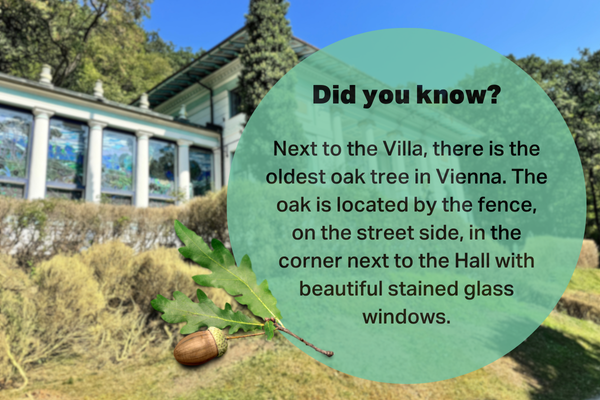
The Neighboring Villa II
Directly next to Otto-Wagner-Villa stands another significant building, known as Villa II. In 1911, Wagner sold Villa I to the owner of the Apollo Theater. He felt it was too large after his children moved out, to the Villa behind the fence. Today, the Apollo Theater is one of Vienna’s most famous cinemas. Unfortunately, Ben Tieber, the new owner, passed away in 1925. Otto Wagner himself died in 1918.


Subscribe
Explore Vienna like a local and discover nearby treasures.
Join our mailing list!
A Dark Chapter and Rebirth
In 1938, authorities subjected the villa to Aryanization. During World War II, it became a training and recreational center for the Hitler Youth. After the war, the villa fell into disrepair. Ernst Fuchs, a young artist who had admired the villa since childhood, fulfilled his dream of owning it in 1972. He lovingly restored the villa, which was on the verge of demolition. Although he found the original interiors mostly lost, Fuchs breathed new life into the villa with his artistic vision.
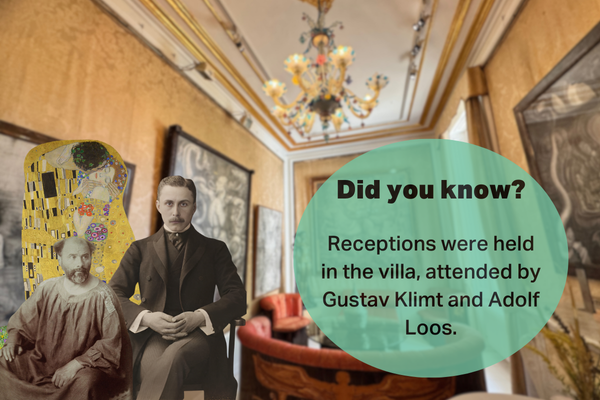
A Museum of Art and History
Today, Otto-Wagner-Villa hosts the Ernst Fuchs Museum, showcasing both the artist’s work and the villa’s rich history. The villa’s exterior shines with vibrant mosaics and colorful details, reflecting Fuchs’ artistic flair. A striking statue of a woman, designed by Fuchs, stands at the entrance, symbolizing the villa’s blend of history and creativity.
The Otto-Wagner-Villa is not just a piece of architecture. It serves as a living museum, telling the story of Vienna’s cultural and architectural evolution. Whether you are an art enthusiast, a history buff, or simply a lover of beautiful places, a visit to this villa offers a journey through time and creativity.

Otto Wagner
Otto Wagner, recognized as one of Austria’s most prominent architects, was born in 1841 in Penzing, which at the time was an independent town near Vienna. His father, a state official, provided a comfortable life for the family. Wagner attended the Akademisches Gymnasium, now considered the oldest school in Vienna, and later studied at the Vienna University of Technology.
Support
Each post on our site takes 10 to 20 hours to prepare, and we’re a small, independent project. We really need your support to keep things going! Your help means everything to us. Please consider supporting us, so we can keep bringing you awesome content.
Thanks for being awesome!
A Pioneer of
Austrian Architecture
Wagner lived during a period of transformation and rebuilding of the Ringstrasse buildings, which he openly criticized for their eclectic mix of styles. However, over time, he came to accept the new architectural concepts. Despite his architectural brilliance, Wagner was known for his anti-Semitic views. He passed away in 1918, during a time of crisis in Austria. Accustomed to a wealthy lifestyle, Wagner refused to buy food on the black market.
Among his most famous works are Villa Wagner I, the Vienna Stadtbahn pavilions, the Postal Savings Bank, parts of the U6 and U4 metro lines, and the Vienna Hütteldorf railway station.
Ernst Fuchs: A Visionary Artist
Ernst Fuchs was born in 1930 in Ottakring. In 1942, he was baptized at St. Stephen’s Cathedral. Due to racial policies, he couldn’t attend school and received private art lessons instead. After the war, Fuchs began his studies at the Academy of Fine Arts in Vienna.

Fuchs traveled extensively, honing his skills in various artistic fields. He excelled in drawing, painting, furniture design, tile design, jewelry creation, music, and writing. His versatile talents made him a significant figure in the art world. Ernst Fuchs passed away in 2015, leaving behind a rich legacy of artistic achievements.
Gallery
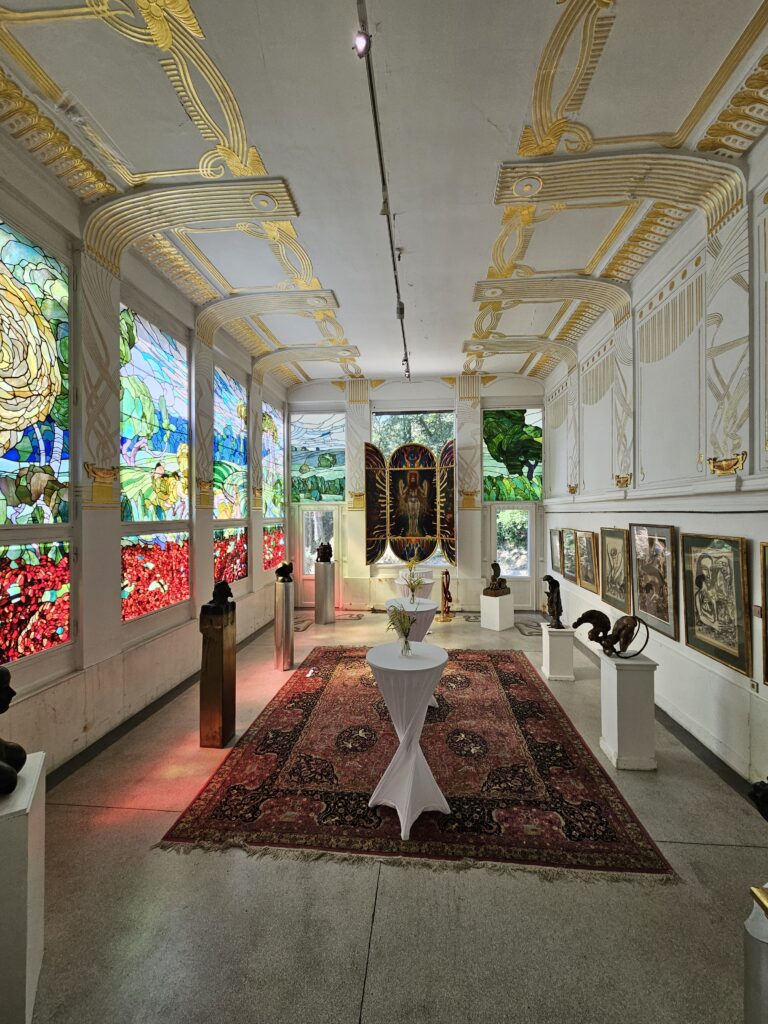
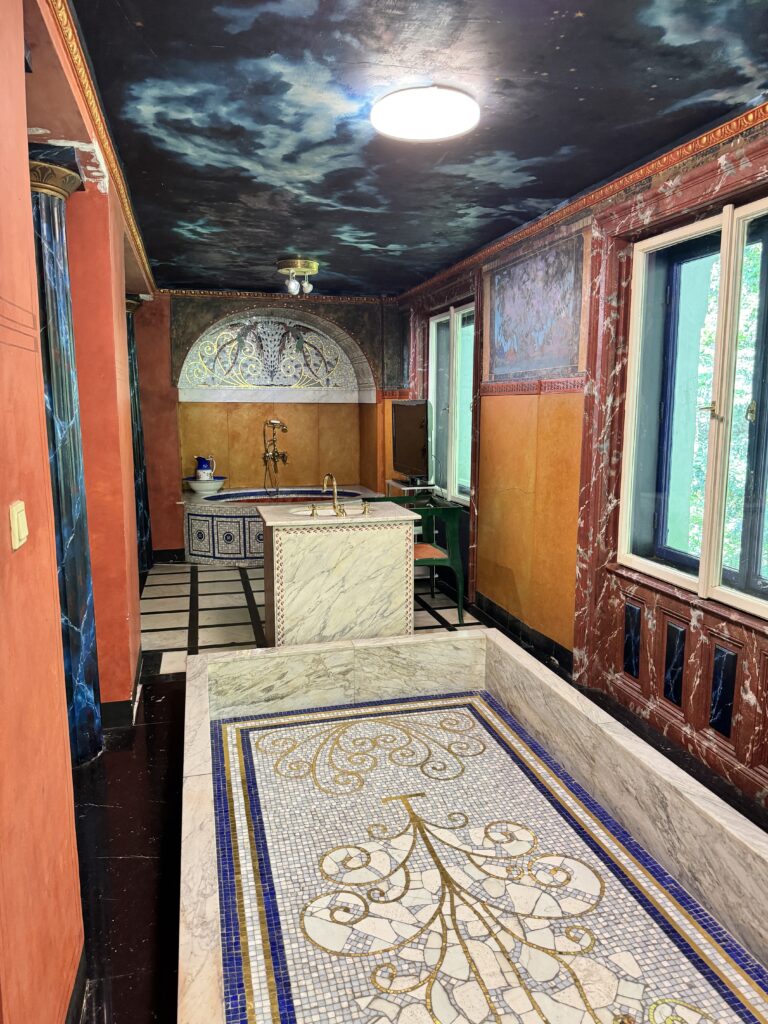
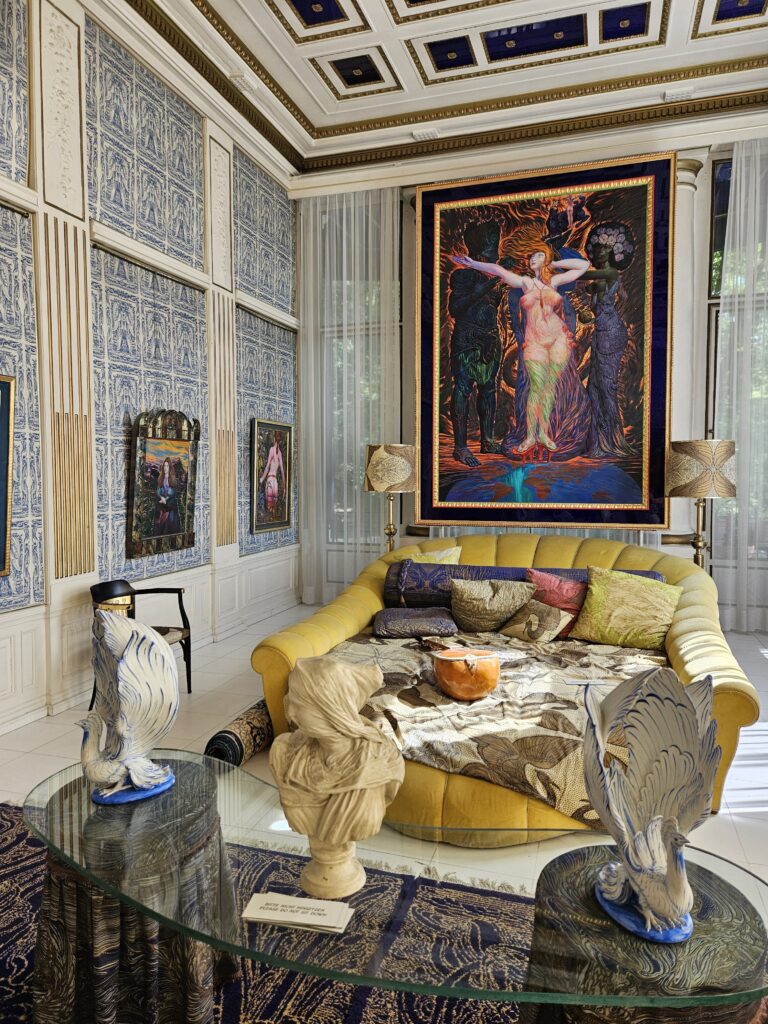

Join Our Vibrant Community
Are you passionate about discovering the hidden gems of Vienna and its surroundings? Follow us on social media and become part of our enthusiastic community!
Why Follow Us?
- Exclusive Content: Each post is a labor of love, taking between 10-30 hours to create. We share breathtaking photos, captivating stories, and invaluable tips.
- Stay Updated: Never miss out on exciting events, new attractions, and must-visit spots in and around Vienna.
- Support Independent Projects: We are an independent project, and your follows help us cover the costs of running this page. Your support is crucial!
Your Support Matters!
Every follow, like, and share directly supports our work. It helps us continue bringing you the best content and ensures we can keep this site running. By following us, you’re not just staying informed – you’re helping us grow and thrive.
Don’t miss out! Click the links above and start following us today. We can’t wait to connect with you!

